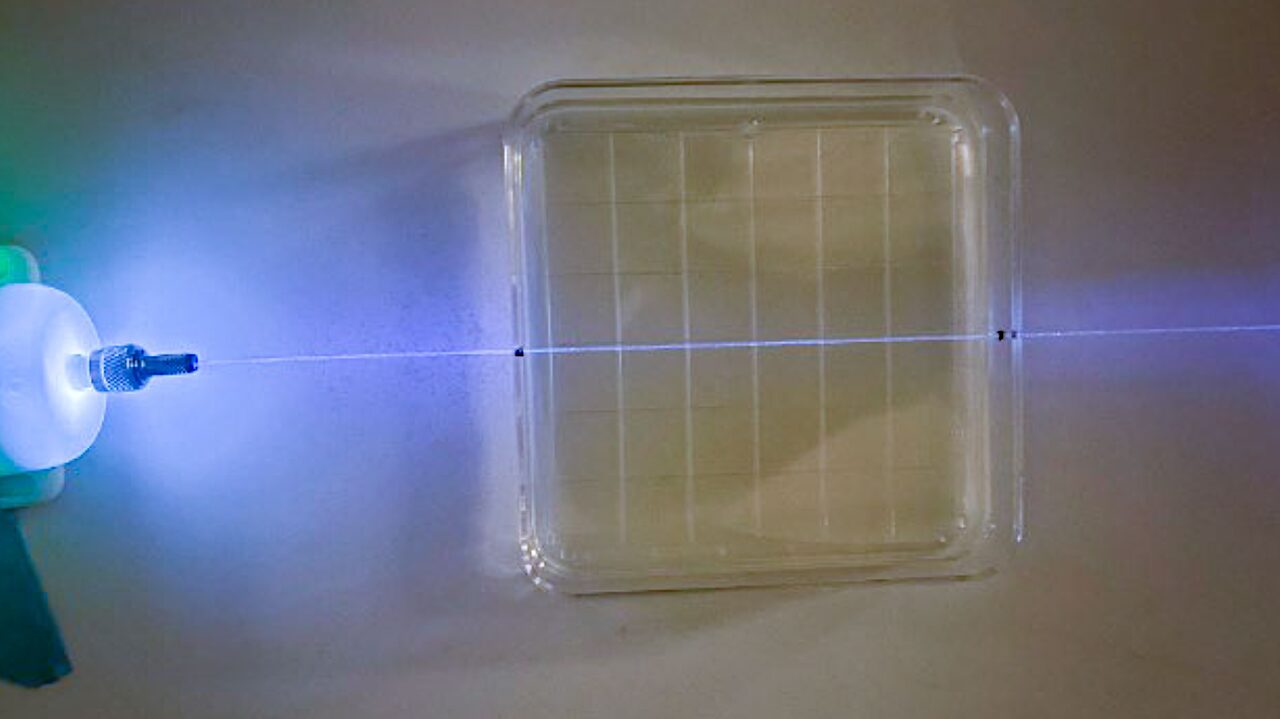On October 18, the moon will present a small crescent phase, known as the Waning Crescent. At this stage, only about 8% of the moon’s surface will be illuminated, according to NASA’s Daily Moon Observation. The visibility of the moon will remain limited over the next few days as it approaches the New Moon phase.
For those interested in lunar observations, a pair of binoculars or a telescope can enhance the experience. Observers will be able to catch a glimpse of the Grimaldi Basin, an impact crater measuring approximately 124 miles in diameter. While the moon’s glow may be faint, this feature offers a fascinating opportunity for astronomy enthusiasts.
Understanding Moon Phases
The moon undergoes a continuous cycle that spans about 29.5 days as it orbits Earth. The changing positions of the Sun, Earth, and moon cause the varying appearances of the moon from our perspective. The phases range from the New Moon, when the moon is positioned between the Earth and the Sun, to the Full Moon, when its entire face is illuminated.
The eight primary moon phases include:
– **New Moon**: The moon is not visible from Earth.
– **Waxing Crescent**: A small sliver of light appears on the right.
– **First Quarter**: Half of the moon’s surface is lit.
– **Waxing Gibbous**: More than half is illuminated but not entirely full.
– **Full Moon**: The entire face of the moon is visible.
– **Waning Gibbous**: Light begins to decrease on the right side.
– **Third Quarter**: Half of the moon is lit, but the left side is illuminated.
– **Waning Crescent**: A thin sliver of light remains before the moon goes dark again.
The next opportunity to view a Full Moon will be on November 5. As the moon phases transition, each offers unique viewing experiences, making lunar observation an engaging venture for both amateur and seasoned astronomers alike.







